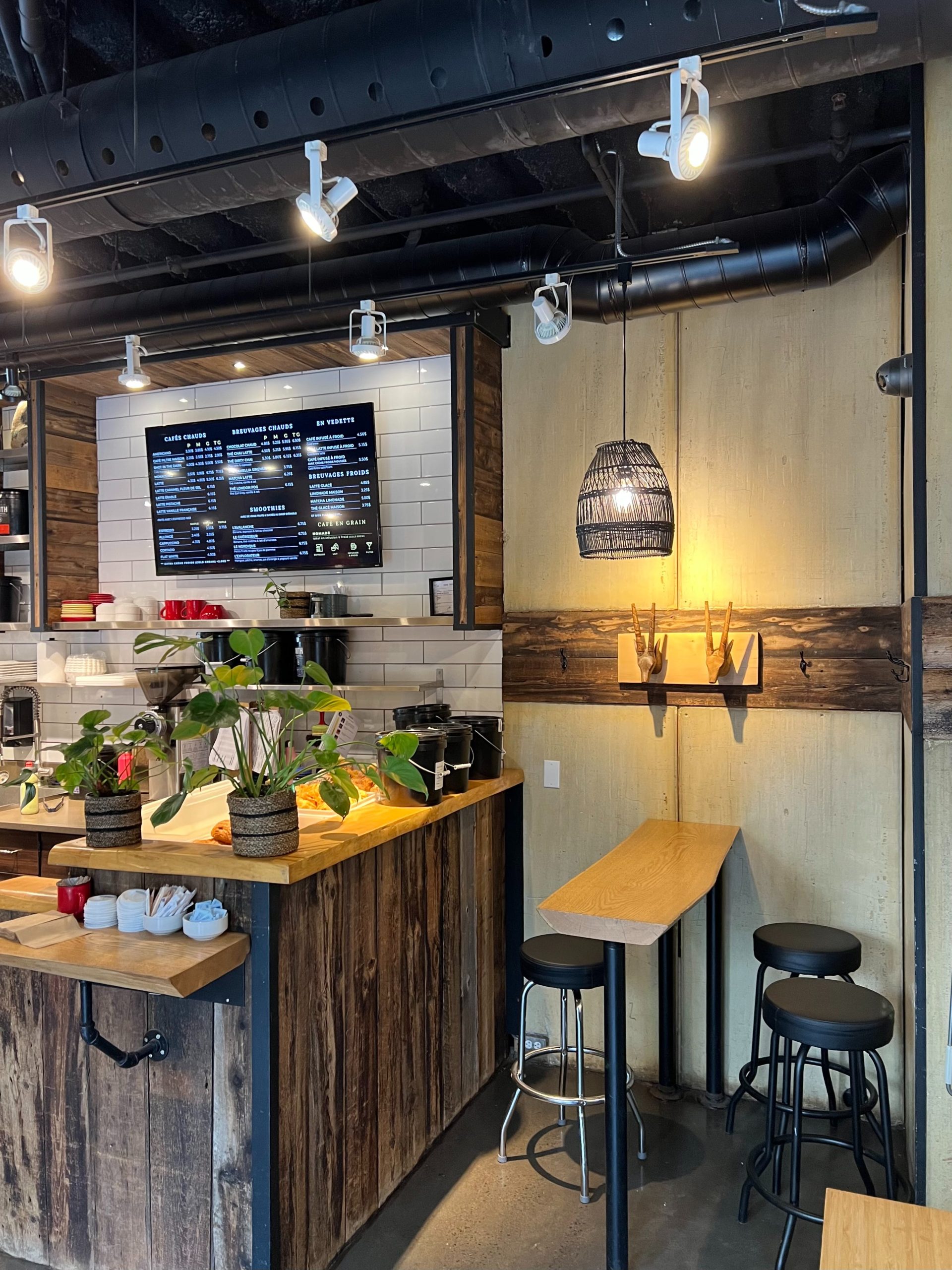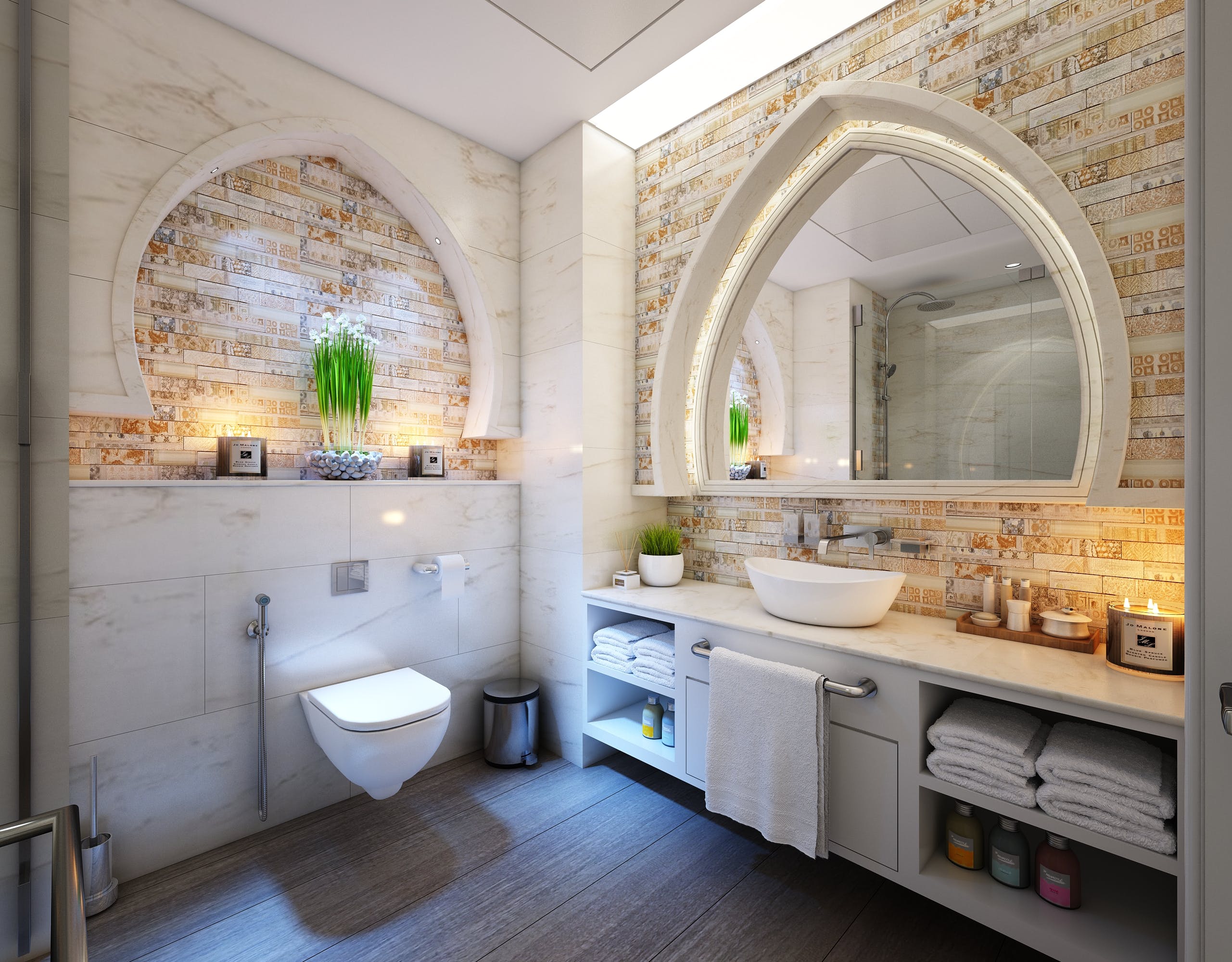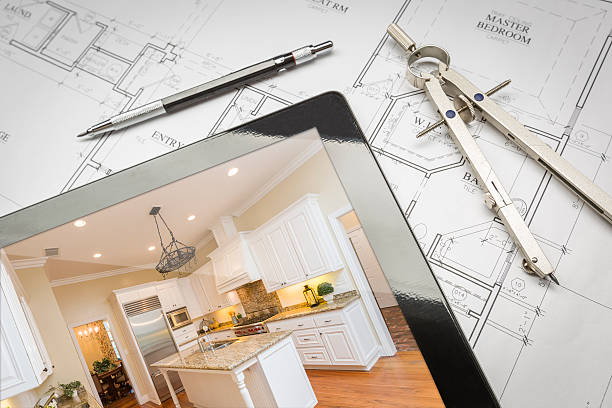The bathroom remodeling process can be a rewarding and transformative home improvement project. Whether you want to update the style, enhance functionality, or increase your home’s value, a bathroom renovation can achieve these goals. However, it’s important to approach the process with careful planning and a well-thought-out strategy. Here are some bathroom remodel tips to make the project smoother and more successful. Let’s renovate a bathroom step by step process.
1. Establish a Budget: Determine how much you’re willing to invest in your bathroom remodel. Setting a budget upfront helps you make informed decisions throughout the project and ensures you spend your time effectively.
2. Plan Your Design: Visualize the result by creating a design plan. Consider the layout, colour scheme, fixtures, and materials you want to use. This will guide your decisions and help you achieve a cohesive look.
3. Prioritize Functionality: Ensure the bathroom’s layout and fixtures meet your needs. Address any problems like inadequate storage, poor lighting, or plumbing issues.
4. Choose Quality Materials: Invest in durable and high-quality materials. While it may be tempting to cut costs with cheaper options, quality materials can extend the life of your bathroom and provide a more polished finish.
5. Hire Professionals: For major renovations, consider hiring experienced contractors, plumbers, and electricians. They have the expertise to handle complex installations and ensure your project complies with local building codes.
6. Keep Plumbing in Place: Keep the existing plumbing layout to save money and time. Relocating pipes can be expensive and time-consuming.
7. Optimize Lighting: Proper lighting can make a small bathroom more spacious and inviting. Include a mix of ambient, task, and accent lighting for a well-lit space.
8. Choose the Right Fixtures: Select fixtures that match your design and functionality needs. Modern, low-flow toilets and water-saving faucets can help conserve water and reduce utility costs.
9. Maximize Storage: Small bathrooms renovations often need more storage space. Install built-in shelves, cabinets, or vanity units to keep clutter at bay and maximize your available space.
10. Don’t Forget Ventilation: Proper ventilation is essential to prevent mold and moisture issues. Install an exhaust fan to maintain a healthy bathroom environment.
How Hard is it to Remodel a Bathroom?

The difficulty of a bathroom remodel largely depends on the project’s scope. Simple cosmetic updates like painting, changing fixtures, or updating the mirror can be easy DIY tasks. However, more extensive renovations, such as altering the layout, relocating plumbing, or expanding the space, can be challenging and are often best left to professionals. While DIY enthusiasts can tackle many aspects of a bathroom remodel, such as tiling or painting, plumbing and electrical work often require specialized knowledge and can be complex. Hiring professionals for these tasks can ensure the job is done safely and up to code.
How to Update a Small Bathroom
Updating a bathroom makeover show can be a creative and rewarding project. Here are some tips for making the most of limited space:
1. Choose Light Colors: Light colours can make a small bathroom feel more open and airier. Consider pale paint, tiles, and fixtures to create a sense of space.
2. Use Large Mirrors: Mirrors reflect light and give the illusion of a larger space. Install a large mirror or mirrored tiles to expand the room visually.
3. Install a Walk-In Shower: A walk-in shower with clear glass doors can make a small bathroom feel less cramped compared to a traditional bathtub and shower curtain.
4. Floating Vanity: Opt for a wall-mounted or floating vanity to create more floor space. This not only looks modern but also makes cleaning easier.
5. Open Shelving: Install open shelves instead of bulky cabinets. They provide storage without adding visual weight to the room.
6. Space-Saving Fixtures: Consider compact fixtures and fittings for small spaces. Close toilets and corner sinks are good options.
7. Maximize Vertical Space: Use the height of the walls for storage. Install shelving or cabinets up to the ceiling to take advantage of vertical space.
8. Glass Shower Doors: If you choose a shower curtain, choose a clear or light-coloured one to maintain a sense of openness.
9. Keep It Clutter-Free: In a small bathroom, clutter can quickly cramp the space. Regularly declutter and keep only essential items within reach.
Updating a small bathroom can be challenging, but with careful planning and these tips, you can create a functional and stylish space that maximizes every square inch.
How to renovate a bathroom shower
Renovating a bathroom shower is a key aspect of a bathroom remodeling tips, and it can significantly enhance the overall look and functionality of your space. Here’s a step-by-step guide on how to renovate a bathroom shower:
1. Plan Your Design:
Determine your budget: Decide how much you will spend on your renovate bathroom shower.
Consider the style: Choose a design that complements the overall look of your bathroom, whether it’s modern, traditional, or something else.
Think about functionality: Consider the features you want in your new shower, such as a rain showerhead, hand shower, built-in niches, or a bench.
2. Demolition:
Remove the existing shower: Carefully dismantle the old shower, including tiles, fixtures, and any damaged walls or waterproofing materials.
3. Waterproofing:
Ensure proper waterproofing: Water damage is a common issue in showers, so installing a waterproofing membrane to protect the surrounding walls and floors is essential. Follow local building codes and manufacturer recommendations for waterproofing materials and techniques.
4. Plumbing and Electrical:
Update plumbing and electrical as needed: If you plan to change the location of fixtures, like the showerhead or controls, or if you want to add new features like steam units or body jets, this is the time to make any necessary changes.
5. Tile Selection and Installation:
Choose your tiles: Select tiles that fit your design and budget. Ensure they are appropriate for wet environments and properly sealed.
Tile installation: Hire a professional or use appropriate tools and techniques to install the tiles. Pay attention to patterns and grout lines for a polished finish.
6. Shower Fixtures and Fittings:
Install new fixtures: This includes the showerhead, faucets, controls, and other accessories you’ve chosen. Make sure they are correctly positioned and tightly sealed to prevent leaks.
7. Glass Enclosure:
If you’re using a glass enclosure, install it carefully, ensuring it fits properly and is sealed to prevent water leakage.
8. Grout and Seal:
After the tiles have set, apply grout and sealant. Grout lines should be sealed to prevent water penetration and mold growth.
9. Finish Touches:
Add finishing touches, such as shelves, towel bars, and other accessories you’d like in your shower.
10. Test the Shower:
Turn on the water and test your reno shower thoroughly to ensure no leaks or issues with the fixtures.
Renovating bathroom shower can be a complex project, especially if it involves changes to plumbing or electrical systems. If you need to become more experienced with these aspects of construction, it’s a good idea to hire professionals to handle them. A well-executed bathroom shower upgrades can add comfort and value to your home improvements bathrooms, making it a worthy investment in your bathroom remodeling project.





